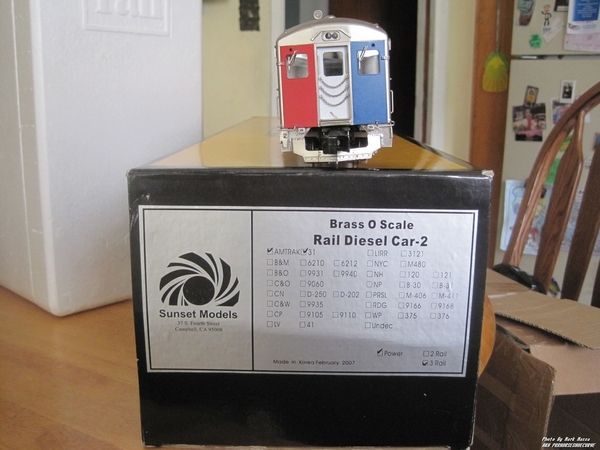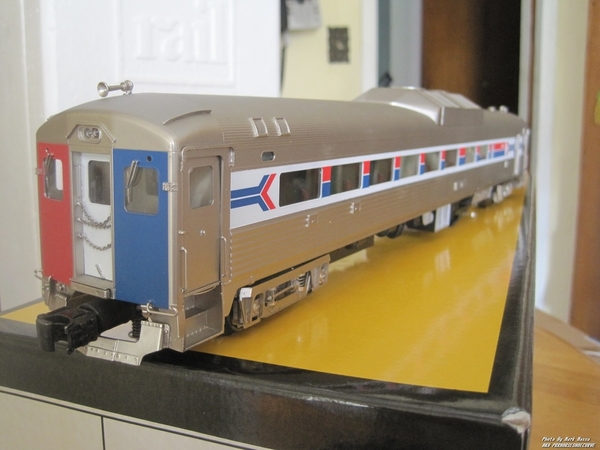@Adriatic thank you for the input, especially pertinent since I just picked up a restored KW today that, IMO, was a good deal. It's funny you mention the 1033 and how it works for you with some engines but not as well for others. As I've gained more transformers and added or subtracted some variables from my layout, I've noticed it can be rather inconsistent. When people say to buy a transformer that exceeds your needs, I think the 1033 is probably right at the, "If you are about to get into this hobby and your loop runs a single pulmor or dual-can with 2 lamps and 1 large tower light, you've hit the limit."
What I've noticed in a short test period with the KW
Set-up 1 KW posts A-U powering B&O consist of 3 lit cars and 6 non-powered cars(7 bulbs total- 3 in the loco, 3 in dummy, and one in the caboose) as well as powering 2 street lamps(a 6-2170 and a 1950s Flyer)- the engine has never run so effortlessly! If my calculations are correct, this draws about 59-60 watts. This watt calculation is my most accurate as I know the pulmor motor is about 30, the light bulbs in the budds are 3.37 watts each at 14 volts, and the street lamps are about 2-3 watts.
Set-up 2 KW powering the above plus a second loop via posts B-U consisting of: 254e(2 bulbs), 610 pullman, 2 light-prewar lithos, and 2 more street lamps. Went fine, slightly noticeable need to turn the throttle up a bit for the B&O, but not by much. This adds about 45 watts(I have no idea what a prewar motor draws- I just used 30). So that's sitting at 105 watts which is exactly 60% of the 190 watts of my KW. I know a lot of variables go into the actual output(wire gauge, has the train picked up speed or momentum, temperature in the area in which the transformer is operating, layout size, etc...) however, the fact that both trains ran well at 14-16 volts(B&O) 14 plus or minus 1 volts(254e), I'd say my transformer was well-serviced as was stated when I purchased it. That said, for some reason I preferred how the 254e loop ran when on my 1033, so I tried set-up 3
Set up 3: KW posts A-U powering B&O and posts B-U powering: RMT Buddy, 7 cars(none with lights), 2 street lamps, and one yard light- this adds(again- no idea what dual cans draw but I read 2 to 3 amps, so I multiplied that by 14 volts) 64 watts. Thus, I'm at about 124 watts. This arrangement seemed to cause me to have to increase the voltage to the B&O to 16 or higher but the Buddy consist ran much better than when hooked to the 1033, did not have to run either close to 18 volts, however..
So, despite buying the KW to run 2 locos, I think I'm going to run the Buddy with my 100 watt 8b and my 254e with my 1033, pending further testing. However, considering I have a new loco on the way, maybe this was meant to be? 
I post the above hoping that someone else finds it useful some day. Wattage sources based on the 1954 Lionel manual, Olsen's TTP and then looking up the watts for the bulbs online.










